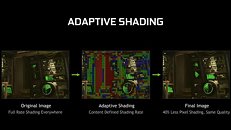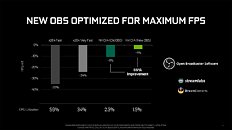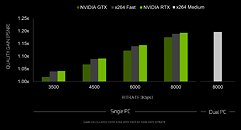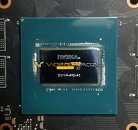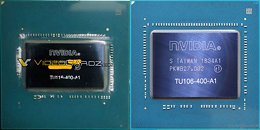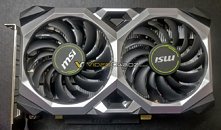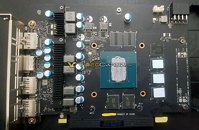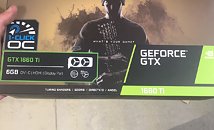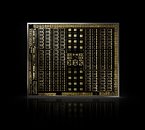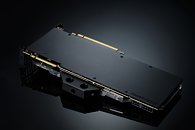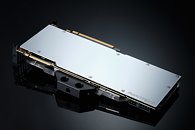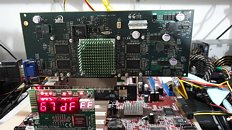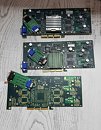
NVIDIA Also Releases Tech Demos for RTX: Star Wars, Atomic Heart, Justice Available for Download
We've seen NVIDIA's move to provide RTX effects on older, non-RT capable hardware today being met with what the company was certainly expecting: a cry of dismay from users that now get to see exactly what their non-Turing NVIDIA hardware is capable of. The move from NVIDIA could be framed as a way to democratize access to RTX effects via Windows DXR, enabling users of its GTX 1600 and 1000 series of GPUs to take a look at the benefits of raytracing; but also as an upgrade incentive for those that now see how their performance is lacking without the new specialized Turing cores to handle the added burden.
Whatever your side of the fence on that issue, however, NVIDIA has provided users with one more raytraced joy today. Three of them, in fact, in the form of three previously-shown tech demos. The Star Wars tech demo (download) is the most well known, certainly, with its studies on reflections on Captain Phasma's breastplate. Atomic Heart (download) is another one that makes use of RTX for reflections and shadows, while Justice (download) adds caustics to that equation. If you have a Turing graphics card, you can test these demos in their full glory, with added DLSS for improved performance. If you're on Pascal, you won't have that performance-enhancing mode available, and will have to slog it through software computations. Follow the embedded links for our direct downloads of these tech demos.
Whatever your side of the fence on that issue, however, NVIDIA has provided users with one more raytraced joy today. Three of them, in fact, in the form of three previously-shown tech demos. The Star Wars tech demo (download) is the most well known, certainly, with its studies on reflections on Captain Phasma's breastplate. Atomic Heart (download) is another one that makes use of RTX for reflections and shadows, while Justice (download) adds caustics to that equation. If you have a Turing graphics card, you can test these demos in their full glory, with added DLSS for improved performance. If you're on Pascal, you won't have that performance-enhancing mode available, and will have to slog it through software computations. Follow the embedded links for our direct downloads of these tech demos.





















